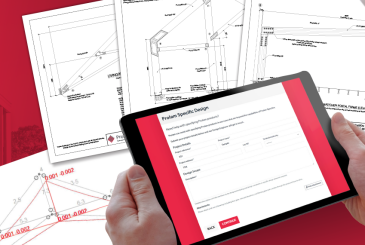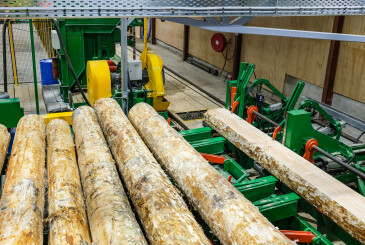Structural timber in New Zealand architecture: strength, style & sustainability
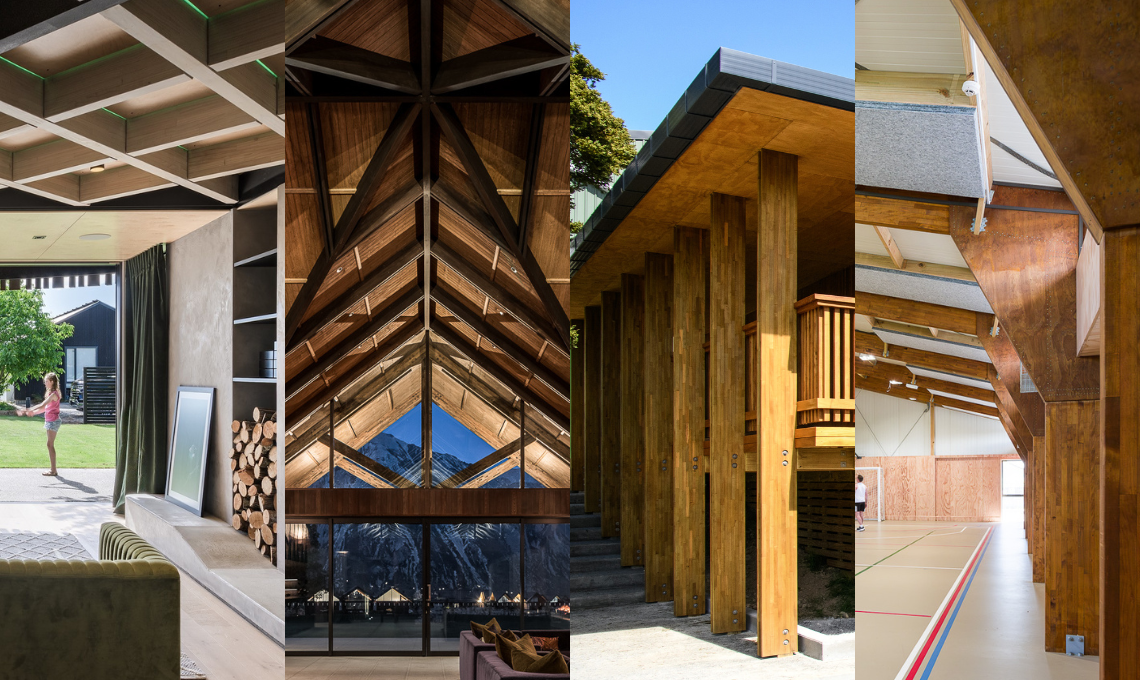
Structural timber is experiencing a revival, re-emerging as a material of choice in contemporary architecture due to its performance, versatility, and natural aesthetic.
In New Zealand and around the world, engineered timber products like glulam are enabling stronger, smarter and more design-driven structures. From homes and schools to large-scale commercial projects, designers are using structural timber across interior and exterior applications to create spaces that are more open, efficient, beautiful and built to last.
Why is structural timber a standout choice?
Whether it’s hidden in the frame or celebrated as a hero design feature, structural timber is bringing form and function together like never before.
1. Strength and versatility
Engineered timber products like glulam beams, posts, trusses and portals offer exceptional strength-to-weight ratios and dimensional stability, enabling wider spans and higher load bearing capacity. This added structural performance is expanding timber’s role in larger, more complex buildings – increasingly replacing steel and concrete in key applications.
Just as importantly, structural timber offers design versatility. It suits a wide range of uses – indoors and out, exposed or concealed – making it ideal for everything from architectural interiors to alfresco areas and architectural facades.
2. Aesthetic appeal
When used as exposed timber features, glulam beams, posts and trusses add natural warmth and visual interest to interiors and outdoor spaces. Timber also aligns beautifully with biophilic design principles – connecting people to nature while supporting wellbeing and enhancing the sensory experience of a space.
3. Sustainable, low-carbon construction
Timber is renewable, biodegradable, and stores carbon for the life of the building. Compared to steel and concrete, it requires far less energy to produce and can be sourced from sustainably managed forests – such as the New Zealand plantation-grown Radiata Pine used in Prolam glulam products.
What are the applications of structural timber in contemporary architecture?
Structural timber is central to many of today’s leading architectural trends – from open plan living to natural material palettes, sustainable building methods, and stunning structural forms.
Here, we explore some of the most popular and high-impact ways structural timber is being used in New Zealand architecture today – supported by Prolam engineered timber solutions.
Elevating interior spaces with exposed timber features
Exposed beams, trusses and posts bring structure into the spotlight – adding depth and character to interior spaces. Timber’s natural aesthetic softens hard lines and connects occupants to nature, while glulam’s engineered performance ensures long spans and robust structural support.
Prolam’s visual grade glulam is precision-machined for a flawless finish, and can be clear-coated, stained, or painted to suit architectural intent – from rustic to refined.
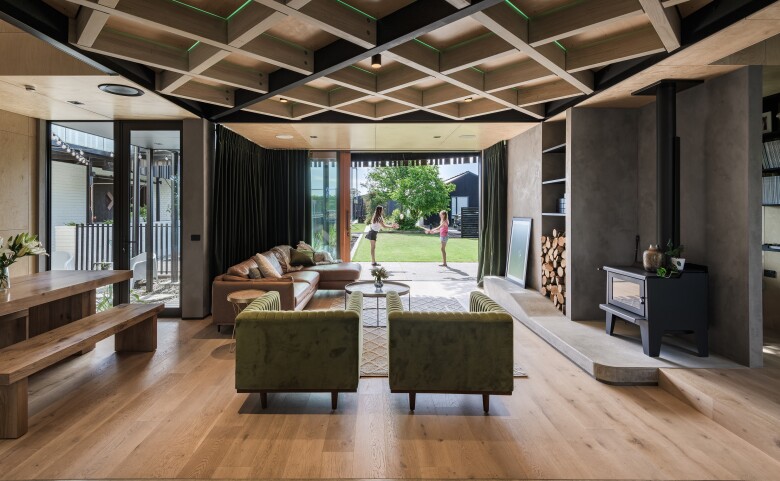 Curvature by Stufkens + Chambers Architects. Product: Prolam PL12 Beams.
Curvature by Stufkens + Chambers Architects. Product: Prolam PL12 Beams.
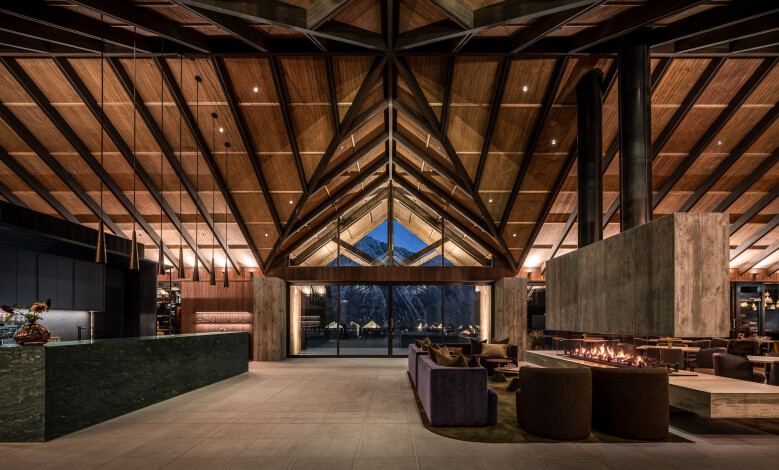
Sugarloaf at Flockhill by Hierarchy Group. Product: Prolam PL8 Beams.
Creating all-weather alfresco areas with structural timber
With the growing emphasis on outdoor living and seamless indoor-outdoor design, structural timber is a natural fit.
Engineered for strength, straightness and stability, and treated for lasting protection against moisture and insects, Prolam products maintain their structural integrity in exposed outdoor settings. This makes them ideal for alfresco areas, pergolas and decks.
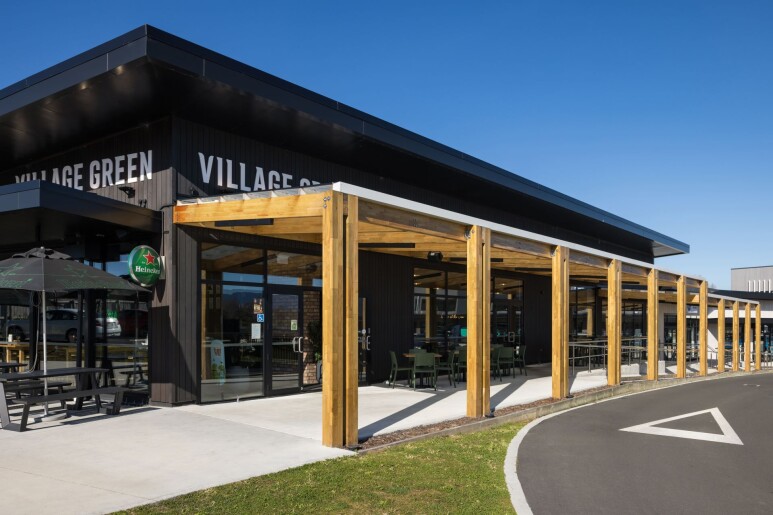
The Village Omokoroa by First Principles Architects & Interiors. Product: Prolam PL8 Beams and PL8 Posts.
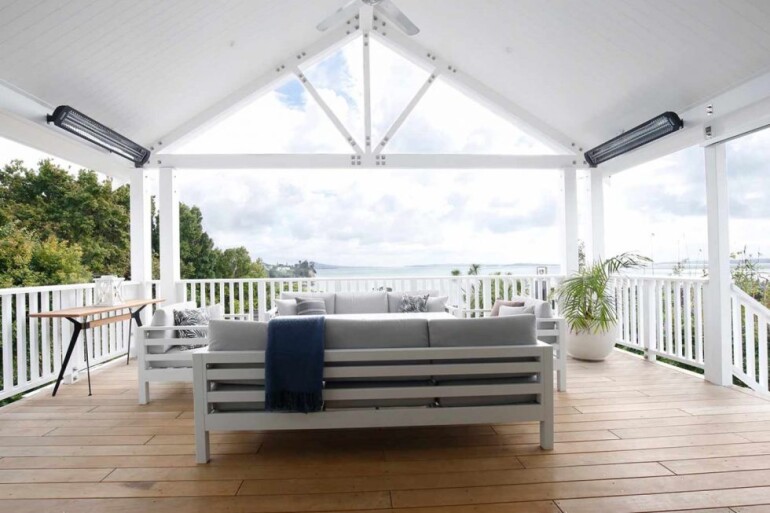 Cockle Bay Renovation by Lewis Build. Product: Prolam PL12 Beams and PL12 Posts.
Cockle Bay Renovation by Lewis Build. Product: Prolam PL12 Beams and PL12 Posts.
Making a statement with timber facades and entry features
Architectural facades and entry zones are the face of a building – and timber makes a lasting first impression. From verandas and porticos to bold timber-clad entryways, structural timber elements like glulam beams, posts and trusses offer a timeless, tactile finish that complements both traditional and contemporary architectural styles.
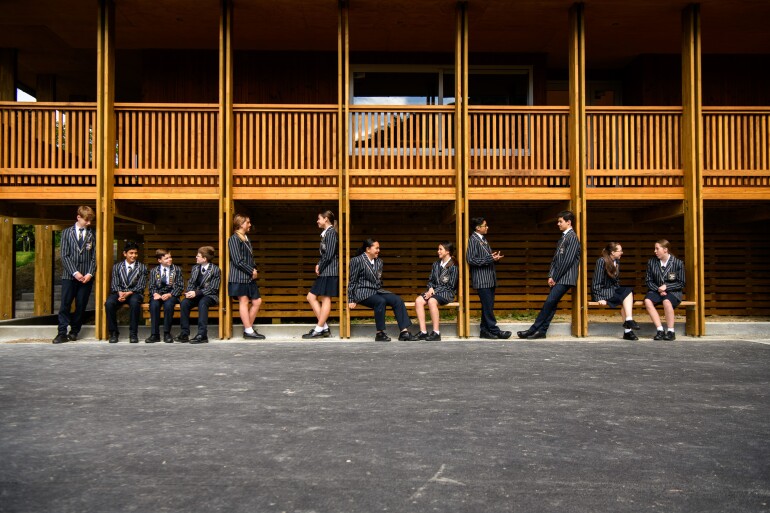 Whitby Collegiate by Andrew Sexton Architecture. Product: Prolam Visual PL8 Beams.
Whitby Collegiate by Andrew Sexton Architecture. Product: Prolam Visual PL8 Beams.
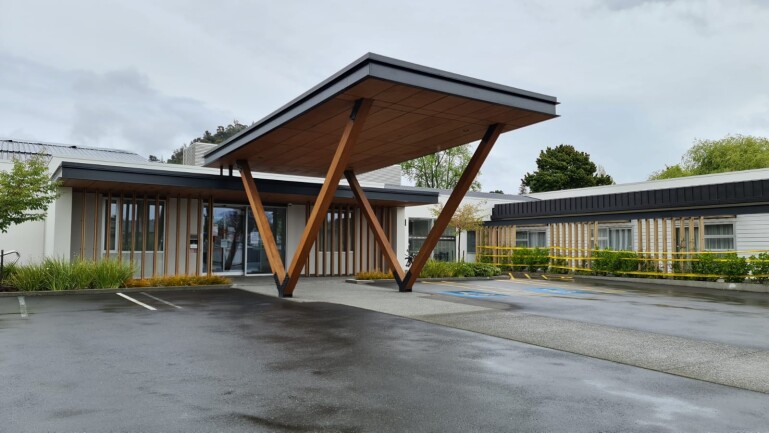 Manuka Street Hospital by Warren and Mahoney Architects. Product: Prolam PL12 Posts.
Manuka Street Hospital by Warren and Mahoney Architects. Product: Prolam PL12 Posts.
Supporting open plan design with timber beams and bracing
Long-span glulam beams and hybrid timber-steel solutions are enabling greater openness in homes and buildings – reducing the need for internal walls and supports.
Prolam’s innovative bracing systems – the PLX Portal and PLX Column – are engineered to deliver high-strength bracing in a compact footprint. This enables architects and engineers to maximise openings and living spaces with greater efficiency and confidence.
 Ngā Whare Pārara Somerfield Superhomes by Bob Burnett Architecture. Product: PLX Portal.
Ngā Whare Pārara Somerfield Superhomes by Bob Burnett Architecture. Product: PLX Portal.
Building bigger with timber: commercial and community structures
Innovations in engineered timber are unlocking new potential for larger, more complex builds. From retail spaces to industrial facilities, sports centres to education hubs, glulam is being embraced for its construction speed, reduced environmental footprint, and architectural flexibility.
Prolam’s structural and visual grade glulam products are designed to meet the performance and compliance needs of commercial projects – delivering strength, durability, and standout aesthetic appeal.
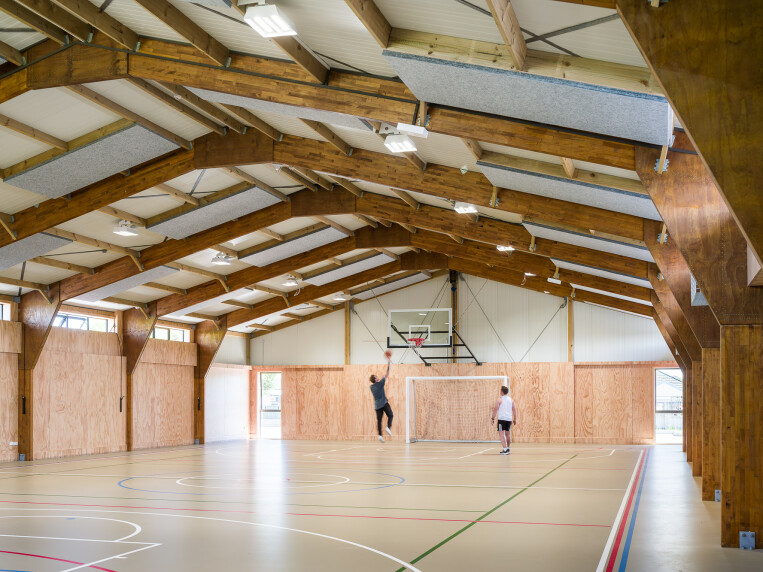 Pukeko Centre by Galletly Builders. Product: Prolam PL8 Visual Beams.
Pukeko Centre by Galletly Builders. Product: Prolam PL8 Visual Beams.
FAQs: Designing with glulam structural timber
What is glulam, and how is it different from traditional timber?
Glulam (glued laminated timber) is an engineered wood product made by bonding layers of timber with durable adhesives. It offers greater strength, stability, and design flexibility than solid timber, making it ideal for structural applications where performance and aesthetics matter.
Can exposed glulam timber beams and trusses be used indoors and outdoors?
Yes. Structural timber – especially engineered products like Prolam glulam – is ideal for both indoor and outdoor applications. Indoors, exposed timber beams and trusses add warmth and visual interest. Outdoors, H3.2 treated glulam products are designed to withstand the elements, making them perfect for alfresco areas, pergolas, and façades.
What finishes are available for Prolam visual grade glulam beams?
Prolam visual grade glulam is available in a variety of finishes including Bandsawn, Sanded and Sealed and Pre-Primed, ready for coating with oils, stains or paint. This allows designers to match the finish to the architectural style. See our Finishes brochure for more information.
Is glulam timber suitable for commercial and large-scale buildings?
Absolutely. Engineered timber products like Prolam glulam offer excellent strength-to-weight ratios and structural reliability. They are increasingly used in commercial, industrial, and community projects – providing high performance alongside sustainability and aesthetic value.
How does glulam timber compare to steel and concrete for large buildings?
Structural timber is a renewable and readily available building material in New Zealand. Engineered timber products like Prolam glulam can achieve comparable strength and span to steel and concrete, while offering faster construction times, reduced carbon footprint, and improved thermal performance.
Ready to bring your timber vision to life?
Download the latest Prolam Structural Timber Guide. It includes everything you need to know about the entire Prolam glulam product range – from structural properties to product sizes, specifications and span tables.
Start designing today with the Prolam Specifier, our online tool that supports fast, accurate, and compliant structural timber design.


